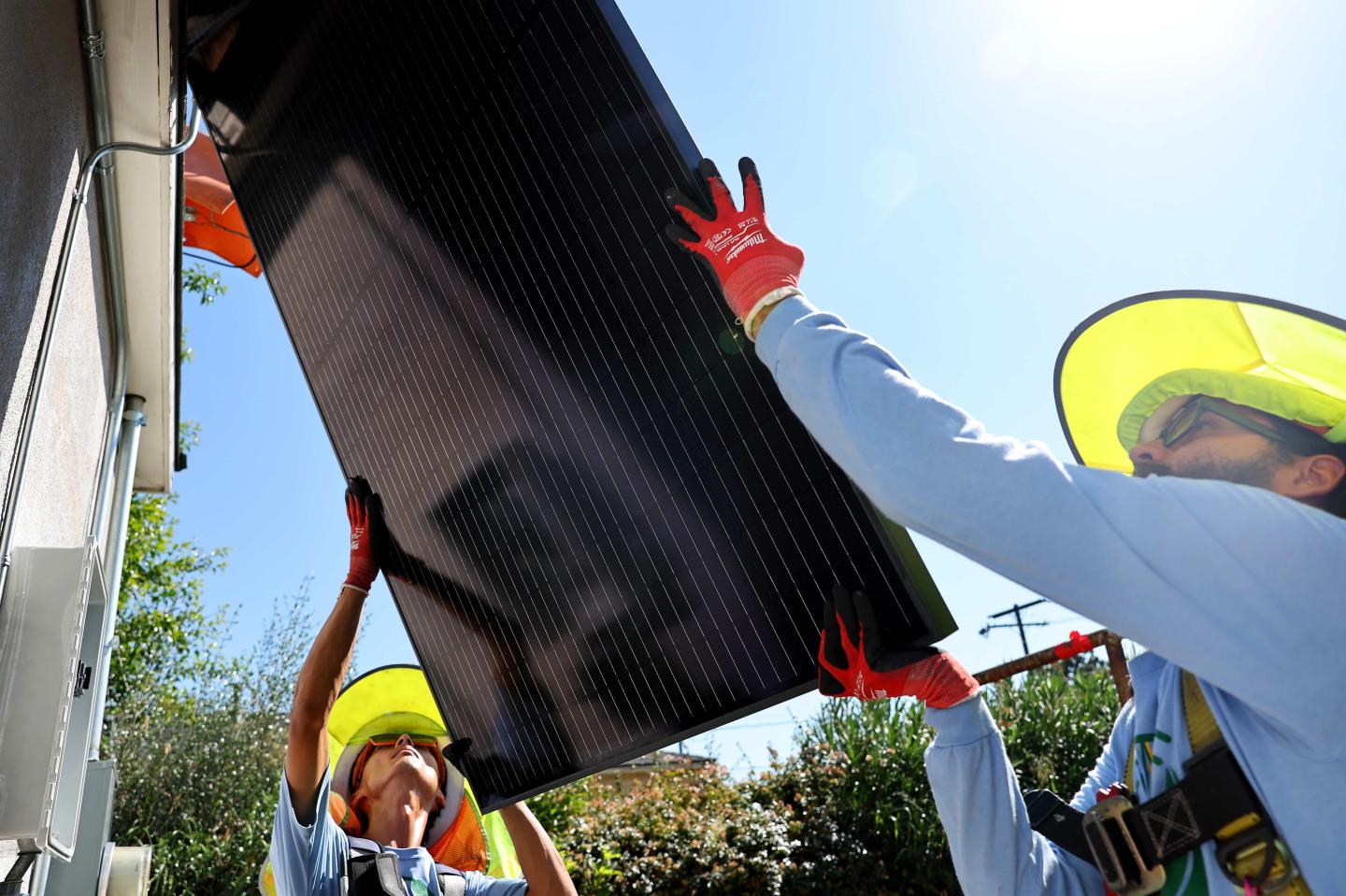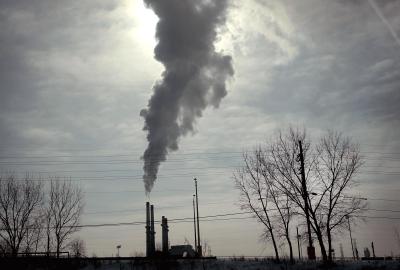Clean energy and EV tax credits are disappearing, but they’re not gone yet. Here’s how you can still save money.
This summer, with the passage of its singularly destructive budget bill, the Trump administration and its allies in Congress ripped away Biden-era clean energy funding that saved consumers more than $2 billion on auto costs in 2024 alone; created hundreds of thousands of new jobs; could have prevented as many as 1,300 premature deaths by 2030 by limiting pollution; and moved the nation closer than ever to a clean energy future.

Despite this blow to national progress on reducing the pollution that is driving climate change, it’s not too late for consumers to take advantage of many of these savings. Several Biden-era federal tax credits are still in effect until Dec. 31 or later. Some of the rebates will be around for even longer.
As always, confirm with a tax professional. And remember: Many states, local governments and utilities still offer generous incentives and rebates. For more information about all these kinds of savings, check out Rewiring America and the Database of State Incentives for Renewables & Efficiency.
Solar power and battery storage
A 30% federal tax credit for solar covers systems that generate electricity and those that can provide heat and hot water. Home batteries are eligible as well. Projects completed or paid for by Dec. 31, 2025 are still eligible.
Electric cars, trucks and chargers

If you want to take advantage of federal tax credits worth as much as $7,500 for new electric cars and trucks and $4,000 for used ones, you better move quick.
Those credits, which dealers can offer at time of purchase, are set to expire on Sept. 30, 2025.
While those credits are fast disappearing, in large parts of the country, through June 30, 2026, you can still get a federal 30% tax credit of up to $1,000 to install an electric vehicle charger and any necessary electrical upgrades. (Check your eligibility here.)
Heating and air conditioning
Energy-efficient heating and cooling systems, including both air-source heat pumps and geothermal ones, are eligible for tax credits of 30% if they’re completed by Dec. 31, 2025. That amount is capped at $3,000 for air-source heat pumps but is unlimited for geothermal systems.
Weatherization
An energy audit can tell you where your house is leaking energy and how to fix it. There’s a $150 tax credit for these audits available through Dec. 31, 2025. Likewise, a 30% tax credit for insulation, sealing leaks and replacing leaky windows.
Additional rebates
Twelve states and the District of Columbia have started to roll out rebates available to low- and middle-income consumers for heat pumps, electrical work, weatherization and energy-efficient appliances. These rebates are available through 2031 or until the money runs out. Check with your state’s energy office for details.


